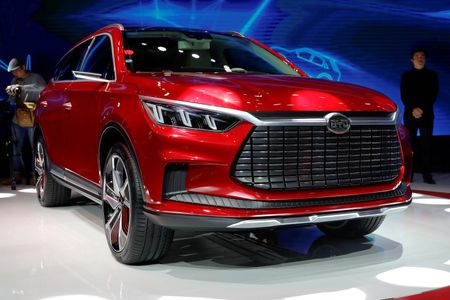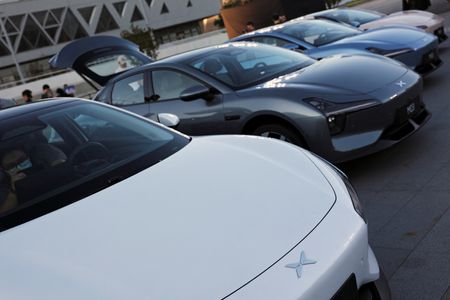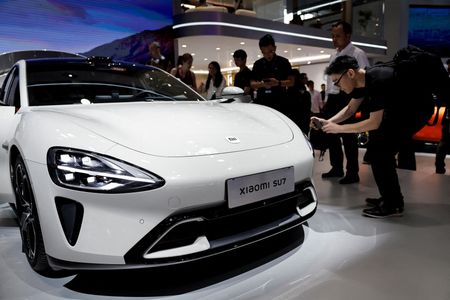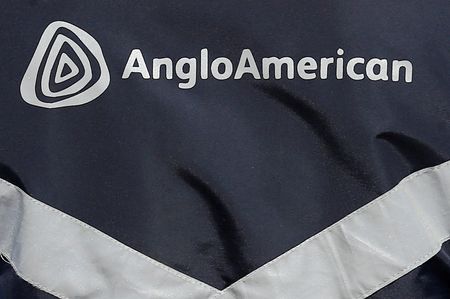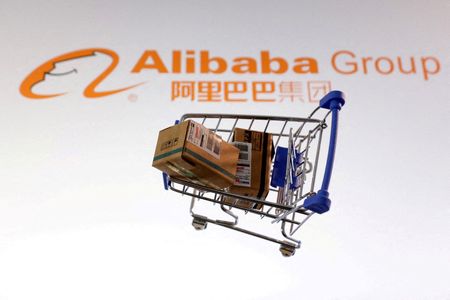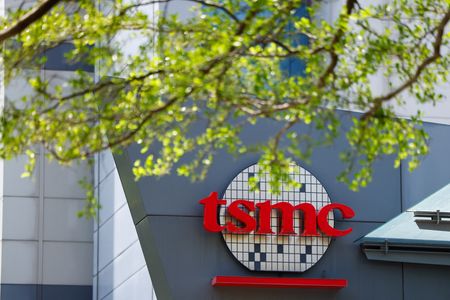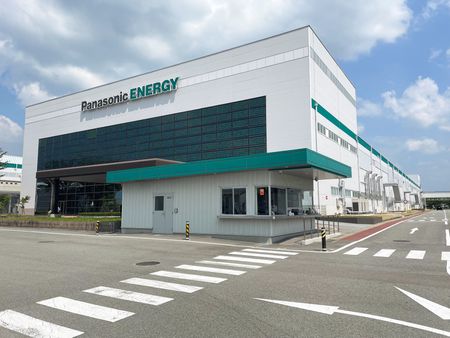BEIJING (Reuters) – Chinese electric vehicle giant BYD this week began offering advanced autonomous driving features on most of its models, including ones priced as low as $9,555, a move likely to start a new price war in a hyper-competitive market.
Below are what we know about smart driving features offered in China, the world’s largest auto market.
BYD
BYD described its proprietary God’s Eye advanced driver-assistance system as a three-tier platform segmented by computing power.
The most affordable, entry level C version of the system runs on models priced between 69,800 yuan ($9,500) and 219,800 yuan under BYD’s best-selling Dynasty and Ocean series.
It supports automatic highway ramp exit and entry, lane keeping, cruise driving, autonomous lane changes and obstacle avoidance.
It also features autonomous emergency braking, self-parking upon exit and remote parking.
The low-cost vision-only version, called God’s Eye C system, is equipped with 12 cameras, five-millimetre wave radars and 12 ultrasonic radars.
The system’s two higher-end variations – God’s Eye A and B – run on BYD-branded cars priced from 219,800 yuan as well as its premium Denza and Yangwang brands.
The two systems use advanced computing and lidars to generate 3D images of a car’s surroundings to assist navigation around obstacles.
User access to such features is included in the sticker prices.
TESLA
Tesla offers full self-driving (FSD) software for subscription in China, but with a restricted set of features that limits the system to operations, such as automated lane changing.
Tesla vehicles offer basic autopilot features, including traffic-aware cruise control and in-lane autosteer.
It charges 32,000 yuan for an enhanced autopilot assistance suite that includes auto lane change and auto parking.
The FSD option for 64,000 yuan, which is expected to be launched later this year, can recognise and respond to traffic lights and stop signs and perform autonomous navigation on city streets.
HUAWEI-BACKED AITO
The EV brand equips its best-selling car M7 with a pure vision of Huawei’s advanced driving system priced from 249,800 yuan.
Its basic version, which comes with three-millimetre radars, 10 cameras and 12 ultrasonic radars, features navigation on highways and urban expressways, auto ramp entry/exit, partial auto lane changes and obstacle avoidance, and smart parking.
The advanced lidar-powered version is used for the M7 variations priced at 289,800 yuan and allows navigation on city streets and automatic emergency braking for special-shaped obstacles.
For Huawei-backed other EV brands, including Changan’s Avatr, the advanced software is available for around $4,100 on a subscription basis.
XPENG
Xpeng launched its most affordable EV with advanced autonomous driving features under its budget sub-brand MONA in August.
The MONA M03 Max, which will be delivered later this year, is priced from 155,800 yuan and features a vision-only solution with lane-keeping control and adaptive cruise control, navigation on highways and urban traffic, auto parking upon departure and smart exit from parking spaces.
XIAOMI
Xiaomi’s smart driving system comes in two versions on its SU7 EVs priced from 215,900 yuan, both featuring auto parking and highway navigation.
The higher-end lidar-mounted version, as opposed to the pure vision version, also enables urban navigation features such as collision avoidance and special vehicle recognition on SU7 trims priced above 245,900 yuan.
($1 = 7.3076 Chinese yuan renminbi)
(Reporting by Qiaoyi Li and Brenda Goh; editing by Barbara Lewis)

